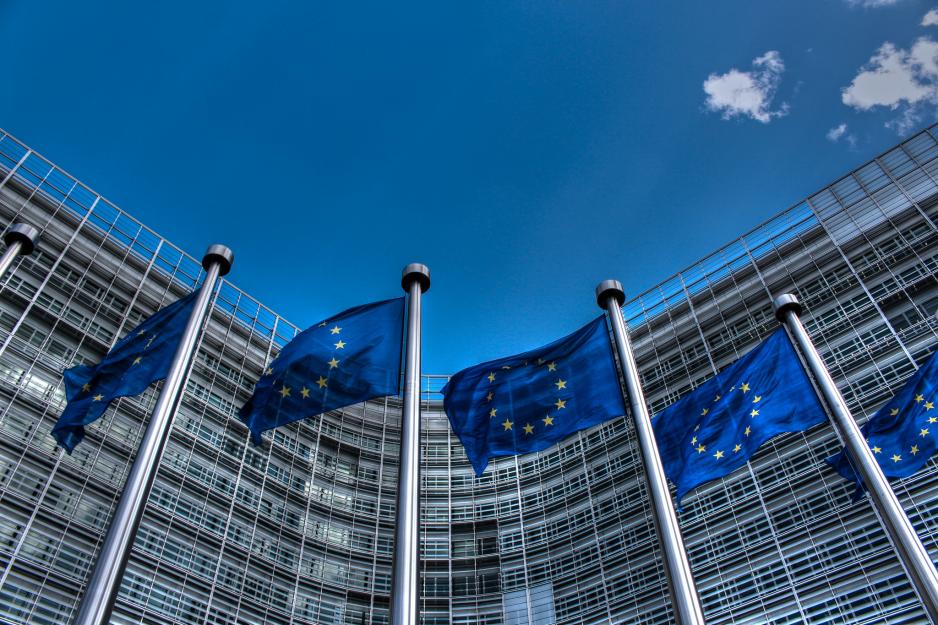The EU is an Arctic player and will engage further

EUs role in the Arctic has caused controversy over the last decade both in the never-ending debate on their ban on seal products and the struggle to become an Arctic Council observer.
The story started more or less 8 years ago when the European Commission and the European Parliament, respectively, published their first strategic documents on Arctic matters.
For almost a decade now, the EU seeks to gain (some kind of) Arctic legitimacy, yet being unable to balance issues and policy responses that are relevant to the various Arctics – from the broader circumpolar Arctic to the sub-regional area of the European Arctic.
Up to now, the EU’s Arctic endeavour can best be described as a cat-and-mouse game with an observed European inability to effectively shape the Arctic-regional agenda, with the EU mainly reacting to regional events and (policy) developments only than acting upon it. Ultimately, the Union’s Arctic powerlessness finds its expression in the decade-long still to-be-developed Arctic policy and the EU’s (internal) struggle to formulate a coherent and integrated policy for the region.
A new Joint Communication is on its way
Eventually, the European External Action Service (EEAS) and the Commission will publish the Union’s next ‘Arctic reaction’ by mid-March 2016. At a recent seminar, held at the Danish Institute for International Studies (DIIS) in Copenhagen, the EEAS’ Terkel Petersen summarised the general tenor of the upcoming Joint Communication.
Accordingly, the strategic document should set the tone for the Union’s Arctic approach in the years to come and be the policy signal on how to efficiently approach Arctic matters.
The key message is supposed to be rather clear: “The EU is an Arctic player and we will engage further”. Thus, the Union is aware of the importance of ensuring environmental, social and economic resilience in the region and furthermore sees considerable opportunities for blue and green growth in the (European) Arctic. Petersen concluded, “We [the EU] will work to maintain the Arctic as a zone of low tension, or better no tension.”
A financing Arctic role to play
Taking the same line as Mr Petersen, also the Danish Minister for Foreign Affairs, Kristian Jensen, who opened the seminar, stated that the “EU has a role to play in the Arctic”. Moreover, and referring to the seemingly never-ending debate on the Union’s to-be or not-to-be Arctic Council observer status, the Minister made it rather clear that “we [the Arctic states] will hopefully stop falling over each other’s legs and let the EU get in.” With previously Canada opposing the Union’s observer status, it is currently Russia that finds non-Arctic-related reasons to not officially include the EU to the Arctic ‘observer’ table.
According to Minister Jensen, Denmark would also like to see a European Union Arctic approach that focuses on both sustainable economic development and (scientific) knowledge-production. To some extent such a position follows the Jerry Maguire phrase/credo of ‘show me the money’ with the Union being Arctic-accepted and welcomed if supporting financially (telecommunication) infrastructure and mining projects or (circumpolar) research efforts.
As to Minister Jensen, the European Arctic and particularly Greenland should take centre stage in the Union’s regional endeavour.
Key player in European Arctic
Compared to the circumpolar Arctic, where the EU is only a secondary player that struggles to be accepted by the dominant Arctic states, the Union is a key player in the European Arctic. It does not only act as (legislative) regulator for Finland, Sweden and the European Economic Area and but also provides noticeable development and cohesion funding, as for example through the Northern Periphery and Arctic Programme or Northern Dimension partnerships.
Researchers from The Arctic Institute have actually argued for a while now that in order to carve out its very own role in the Arctic, the EU should emphasise those policy areas where it carries a high degree of relevance for the Arctic, like in the maritime or environmental domain, and focus on the parts of the Arctic closest to the EUropean home.
And indeed, as it was emphasised in Copenhagen the new policy document seems to have a stronger focus on the European Arctic. It will be interesting to observe if the Union’s new ‘Arctic reaction’ will help the EU to eventually carve out its “role in the Arctic” and shed light on what kind of regional player the EU actually is.
